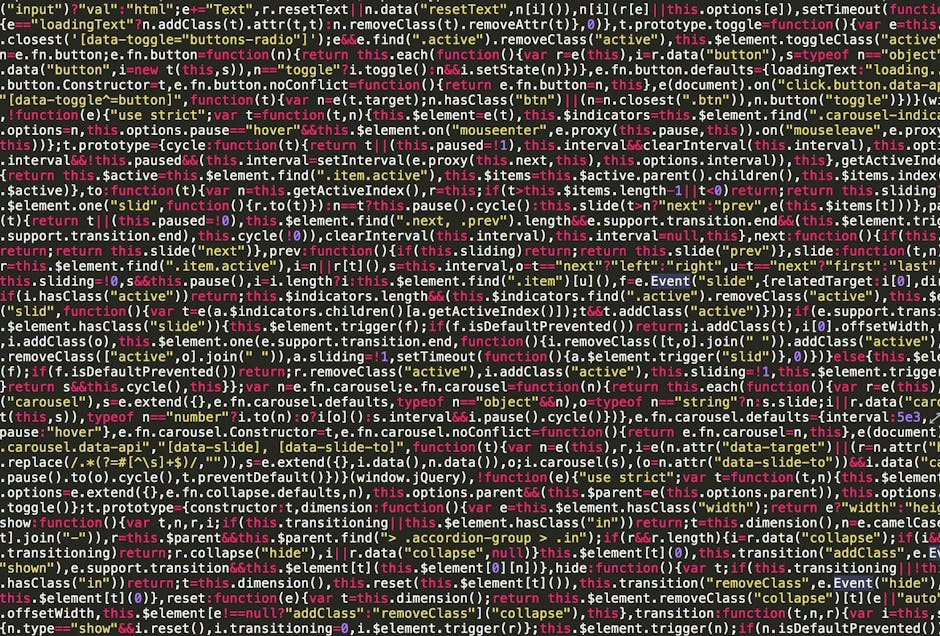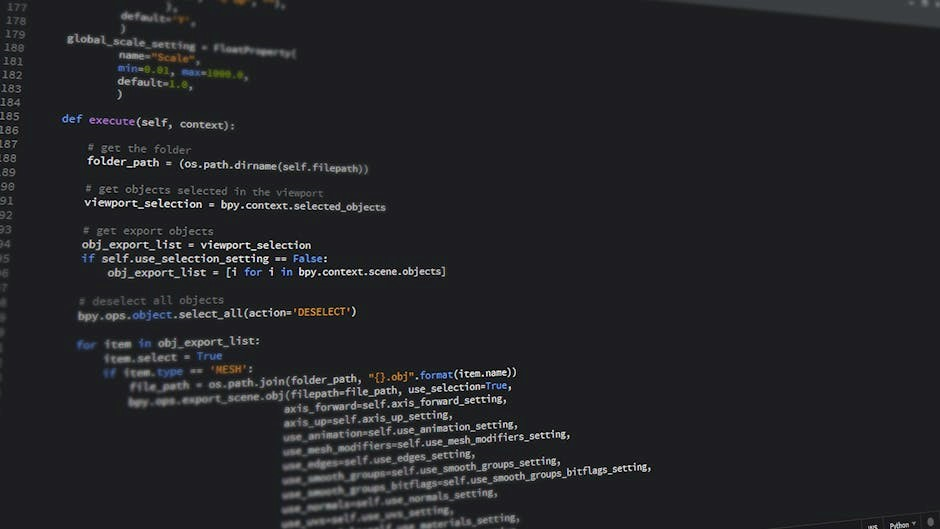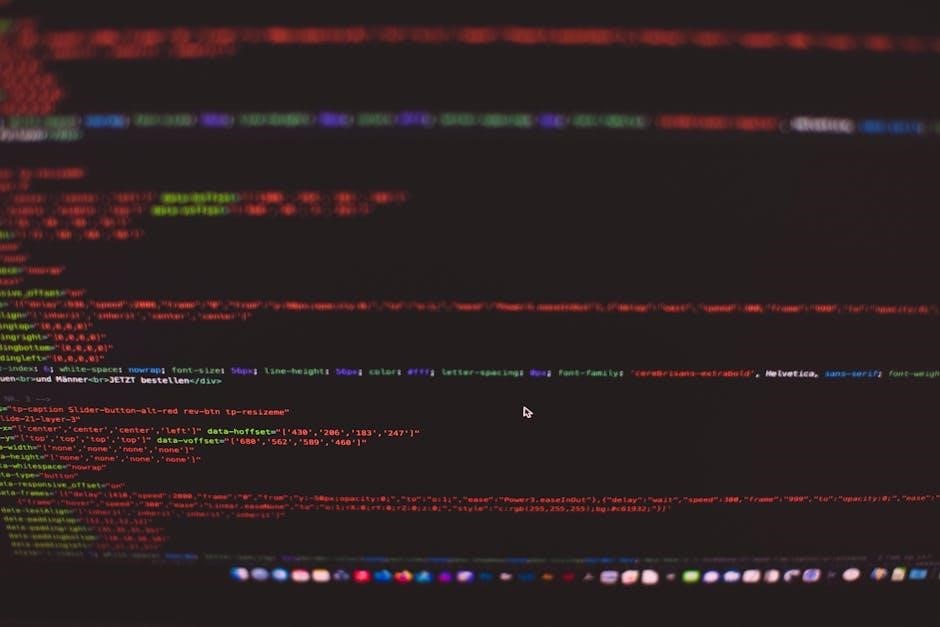Discover the fundamentals of web development with a comprehensive HTML and CSS book in PDF format, perfect for learning and mastering these essential coding skills.
Overview of HTML and CSS
Importance of Learning HTML and CSS
HTML and CSS are foundational technologies for web development, enabling the creation of structured, visually appealing, and user-friendly websites. Learning these skills is essential for anyone aiming to build a career in web design or development. They provide the basis for understanding how websites are constructed and styled, making them indispensable for both beginners and professionals. HTML and CSS are versatile, applicable across various industries, and consistently in demand in the digital age. Mastering these technologies empowers individuals to create professional websites, customize web pages, and adapt to evolving web standards. They are the first steps toward more advanced web development practices, making them a crucial starting point for any aspiring web developer.
Why Choose a PDF Format for Learning
Choosing a PDF format for learning HTML and CSS offers unparalleled convenience and flexibility. PDFs are easily accessible across multiple devices, including desktops, laptops, tablets, and smartphones, making them ideal for on-the-go learning. They provide a consistent reading experience, with well-formatted code examples and visuals that remain intact regardless of the device. PDFs also allow for easy searching, bookmarking, and highlighting, enabling learners to quickly reference key concepts. Additionally, PDFs often include hyperlinks to external resources, further enhancing the learning experience. Their portability and cost-effectiveness make them a practical choice for anyone looking to master HTML and CSS without the need for physical books or expensive courses.

Benefits of Using HTML and CSS Book in PDF Format
Using an HTML and CSS book in PDF format offers a flexible, efficient, and adaptable learning experience, making it ideal for modern learners seeking convenience and accessibility.
Convenience and Portability
PDF books offer unparalleled convenience and portability, allowing learners to access HTML and CSS content anytime, anywhere. With a PDF, you can easily carry an entire book on your smartphone, tablet, or laptop, making it ideal for on-the-go learning. The lightweight format ensures quick downloads and seamless storage, while the ability to access content offline eliminates the need for internet connectivity. This portability is especially beneficial for students or professionals who prefer studying during commutes or in environments with limited internet access. Additionally, PDFs are universally compatible across devices, ensuring a consistent learning experience regardless of the platform you use. This flexibility makes PDF books a practical choice for modern learners seeking convenience without compromising on quality.
Cost-Effectiveness
HTML and CSS book PDFs are a cost-effective option for learners, offering high-quality educational content at a fraction of the cost of physical books. Many PDF books are available for free or at a significantly lower price than their printed counterparts, making them accessible to a wider audience. Additionally, PDFs eliminate the need for shipping or storage, reducing overall expenses. This affordability is particularly beneficial for students or individuals on a budget who want to acquire essential web development skills without financial strain. By choosing a PDF, learners can invest in their education while saving money, making it a practical and economical choice for mastering HTML and CSS.
Accessibility Across Devices
HTML and CSS book PDFs offer unparalleled accessibility, allowing learners to access content on various devices, including smartphones, tablets, laptops, and e-readers. This flexibility ensures that students can study anytime, anywhere, without being tied to a single device. PDFs are compatible with multiple operating systems, such as Windows, macOS, iOS, and Android, making them universally accessible. Additionally, PDFs can be easily zoomed in or out for better readability, and many devices support features like night mode and text-to-speech, enhancing the learning experience. This versatility makes PDF books an ideal choice for learners who value convenience and want to access their study materials across different devices seamlessly.

Essential Features of a Good HTML and CSS Book
A good HTML and CSS book should offer clear structure, visual aids, and modern techniques to ensure effective learning and practical application of web development skills.
Clear and Concise Explanations
Clear and concise explanations are crucial for effective learning. They ensure that complex concepts are broken down into understandable parts, avoiding unnecessary jargon. A well-structured book uses simple language to explain HTML and CSS fundamentals, making it easier for beginners to grasp. Visual aids like diagrams and code snippets further enhance clarity; Concise explanations also prevent information overload, allowing learners to focus on key points without getting lost in lengthy descriptions. This approach enables readers to quickly understand and apply the concepts, making the learning process more efficient and enjoyable. Clear explanations are the foundation of a good HTML and CSS book, ensuring mastery of the subject.
Practical Examples and Exercises
Practical examples and exercises are essential for mastering HTML and CSS. They provide hands-on experience, allowing learners to apply theoretical knowledge in real-world scenarios. A good book includes step-by-step tutorials, enabling readers to build projects from scratch. Exercises reinforce understanding by challenging learners to solve problems and debug code. Real-world examples help bridge the gap between theory and practice, making concepts more relatable. Interactive exercises also encourage experimentation, fostering creativity and confidence. By practicing regularly, learners can develop muscle memory and improve their coding skills. Practical examples and exercises are vital for transforming beginners into proficient web developers, ensuring they can tackle actual projects with ease and precision.
Compatibility with Modern Web Standards
A good HTML and CSS book should align with the latest web standards, ensuring learners are up-to-date with modern practices. It should cover recent updates like CSS Grid, Flexbox, and semantic HTML, providing a solid foundation for building contemporary websites. Compatibility with modern standards is crucial for creating responsive, cross-browser-friendly designs. The book should also address browser inconsistencies and offer solutions for ensuring consistent user experiences. By focusing on current standards, learners can develop future-proof skills, enabling them to adapt to evolving technologies. Real-world examples and practical applications of these standards help reinforce their importance and practicality in professional web development scenarios.

Top Recommended HTML and CSS Books in PDF
Explore our curated list of top-rated HTML and CSS books in PDF format, offering clear, comprehensive guides for both beginners and experienced developers.

“HTML and CSS: Design and Build Websites” by Jon Duckett
“HTML and CSS: Design and Build Websites” by Jon Duckett is a highly acclaimed book that provides a clear, visually engaging guide to web development. Known for its accessible language and structured approach, this book is ideal for beginners and experienced developers alike. It covers essential concepts, from basic HTML tags to advanced CSS techniques, with practical examples that help readers build modern, responsive websites. The PDF format ensures easy access and portability, making it a convenient resource for learning on the go. Duckett’s book is widely praised for its ability to simplify complex topics, making it a must-have for anyone looking to master HTML and CSS.
“CSS: The Definitive Guide” by Eric A. Meyer
“CSS: The Definitive Guide” by Eric A. Meyer is a comprehensive resource that dives deep into the world of Cascading Style Sheets. As one of the most respected books in web development, it provides detailed explanations of CSS properties, selectors, and techniques. Meyer’s clear and authoritative writing style makes complex concepts accessible to both beginners and experienced developers. The book covers modern CSS features, best practices, and real-world applications, ensuring readers stay up-to-date with current standards. Available in PDF format, this guide is a must-have for anyone aiming to master CSS and create visually stunning, responsive websites. Its thorough approach makes it an invaluable reference for web designers and developers alike.
“HTML5 and CSS3: Build Modern Websites” by Adrian Sandig
“HTML5 and CSS3: Build Modern Websites” by Adrian Sandig is a hands-on guide designed to help developers create contemporary, responsive websites. Focused on the latest standards, the book explores HTML5’s semantic elements and CSS3’s advanced features, such as flexbox, grid, and animations. Sandig’s approach emphasizes practical, real-world examples, making it easy for learners to apply their knowledge immediately. The book is ideal for both beginners and intermediate developers looking to refine their skills. Available in PDF format, it offers a flexible learning experience, allowing readers to master modern web development techniques and build websites that are both functional and visually appealing. Its clear structure and up-to-date content make it a valuable resource for anyone serious about web design.

How to Choose the Right HTML and CSS Book
Selecting the right HTML and CSS book involves aligning the content with your skill level, ensuring clear explanations, and prioritizing practical examples that match modern web standards.
Factors to Consider When Selecting a Book

When choosing an HTML and CSS book, consider your skill level, whether you’re a beginner or advanced learner. Look for books that cover both HTML and CSS comprehensively, including modern techniques like responsive design and accessibility. Ensure the content aligns with your goals, such as building websites or enhancing existing ones. Practical examples and exercises are essential for hands-on learning. Check the author’s expertise and reviews to gauge reliability. Additionally, verify that the book is updated to the latest web standards. Finally, consider the format—PDFs offer convenience, but ensure the layout and visuals are clear. These factors will help you find the most suitable resource for your learning journey.
Reviews and Recommendations
When selecting an HTML and CSS book, reviews and recommendations are invaluable. Look for feedback from experienced developers or educators to gauge a book’s effectiveness. Pay attention to how well it explains concepts, the quality of examples, and its relevance to modern standards. Check if the book is frequently updated to reflect new technologies. Additionally, consider recommendations from online communities, forums, or professional networks. Popular books often have a strong reputation, but personal preferences may vary. Reading multiple reviews can provide a balanced perspective. Prioritize books that align with your learning style and goals, ensuring they offer practical insights and hands-on exercises to enhance your skills.

Additional Resources for Learning HTML and CSS

Supplement your learning with online communities, forums, and video tutorials. These resources offer practical insights, real-world examples, and interactive exercises to enhance your HTML and CSS skills.
Online Communities and Forums
Engaging with online communities and forums is a great way to deepen your understanding of HTML and CSS. Platforms like Stack Overflow, Reddit, and GitHub offer valuable resources, tutorials, and discussions. These spaces allow you to ask questions, share knowledge, and learn from experienced developers. Many communities provide access to open-source projects, code examples, and real-world applications. Participating in forums can also help you stay updated on the latest trends and best practices in web development. Additionally, these communities often include feedback mechanisms, enabling you to improve your coding skills through constructive criticism. Joining these networks can enhance your learning journey and connect you with like-minded individuals who share your passion for web development.
Video Tutorials and Online Courses
Video tutorials and online courses are excellent supplements to your HTML and CSS learning journey. Platforms like Udemy, Coursera, and YouTube offer a wide range of courses tailored to different skill levels. These resources provide step-by-step guidance, making complex concepts easier to understand. Many courses include hands-on projects, allowing you to practice and apply what you learn. Video tutorials also offer the flexibility to learn at your own pace, pausing and revisiting sections as needed. Additionally, online courses often include interactive exercises and quizzes to test your knowledge. By combining video tutorials with your PDF book, you can create a well-rounded learning experience that enhances your web development skills.

Mastering HTML and CSS is essential for web development. This PDF book provides a comprehensive guide to building modern websites with practical, real-world examples and clear instructions.
Final Thoughts on Learning HTML and CSS
Learning HTML and CSS is a foundational step in web development, offering endless possibilities for creating dynamic and visually appealing websites. These languages are the backbone of the internet, and mastering them opens doors to countless career opportunities. Whether you’re a beginner or looking to enhance your skills, dedicating time to understand HTML and CSS will pay off significantly. Remember, practice is key—start with small projects and gradually build complexity. With persistence and the right resources, you’ll become proficient in crafting modern, responsive websites. Embrace the journey, stay curious, and keep exploring the ever-evolving world of web design and development.
Encouragement to Start Your Learning Journey
Embarking on your HTML and CSS learning journey is an exciting and rewarding adventure. With the right resources, like a comprehensive PDF book, you can confidently take your first steps. Remember, every skilled developer started where you are today. The journey may seem daunting, but breaking it into manageable steps makes it achievable. Start by experimenting with simple codes, and gradually build your way up to more complex projects. Celebrate small victories along the way, as they are milestones to your success. Stay motivated, embrace challenges, and enjoy the process of creating something from scratch. Your dedication will transform your ideas into functional and beautiful websites.


